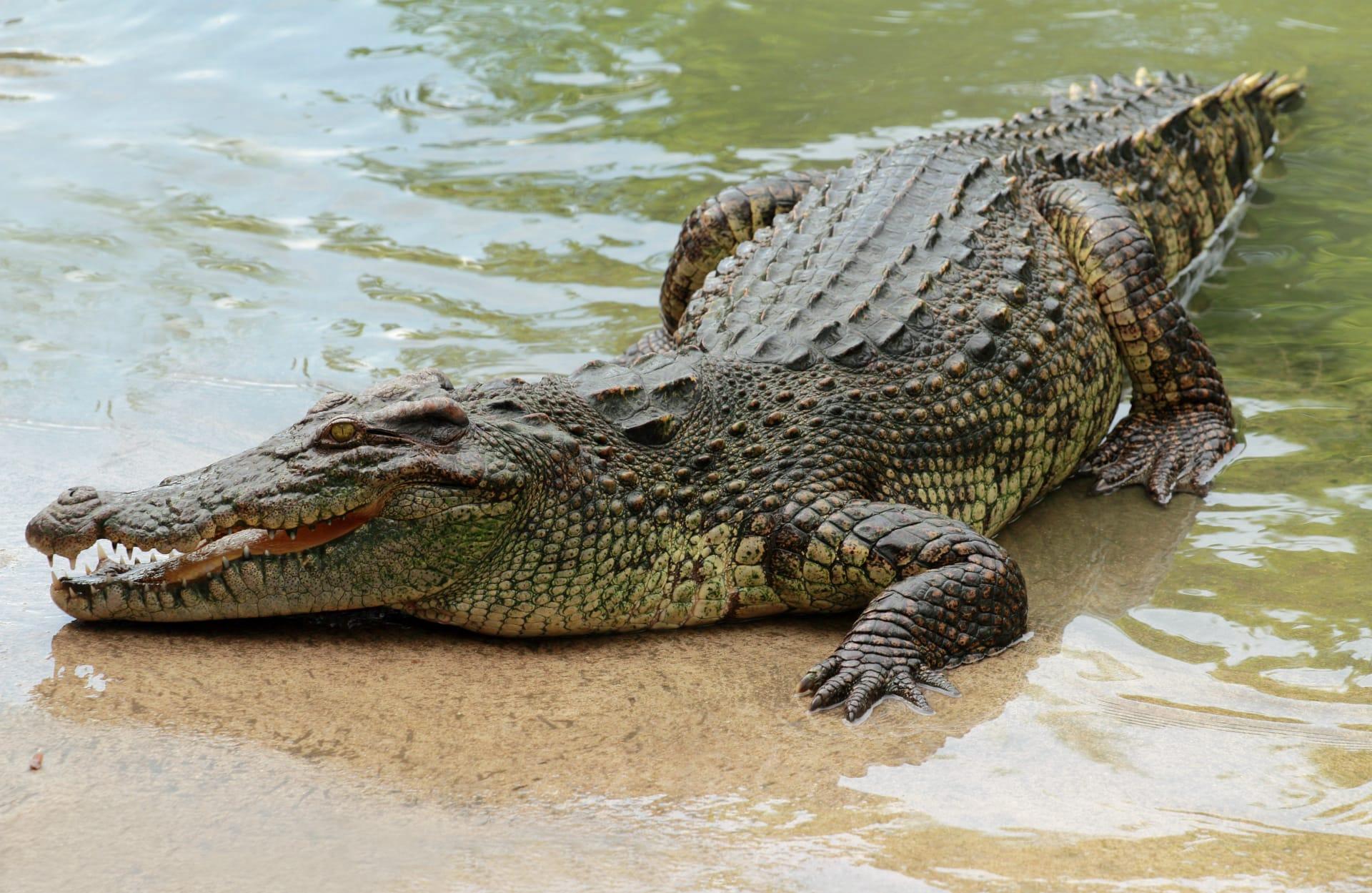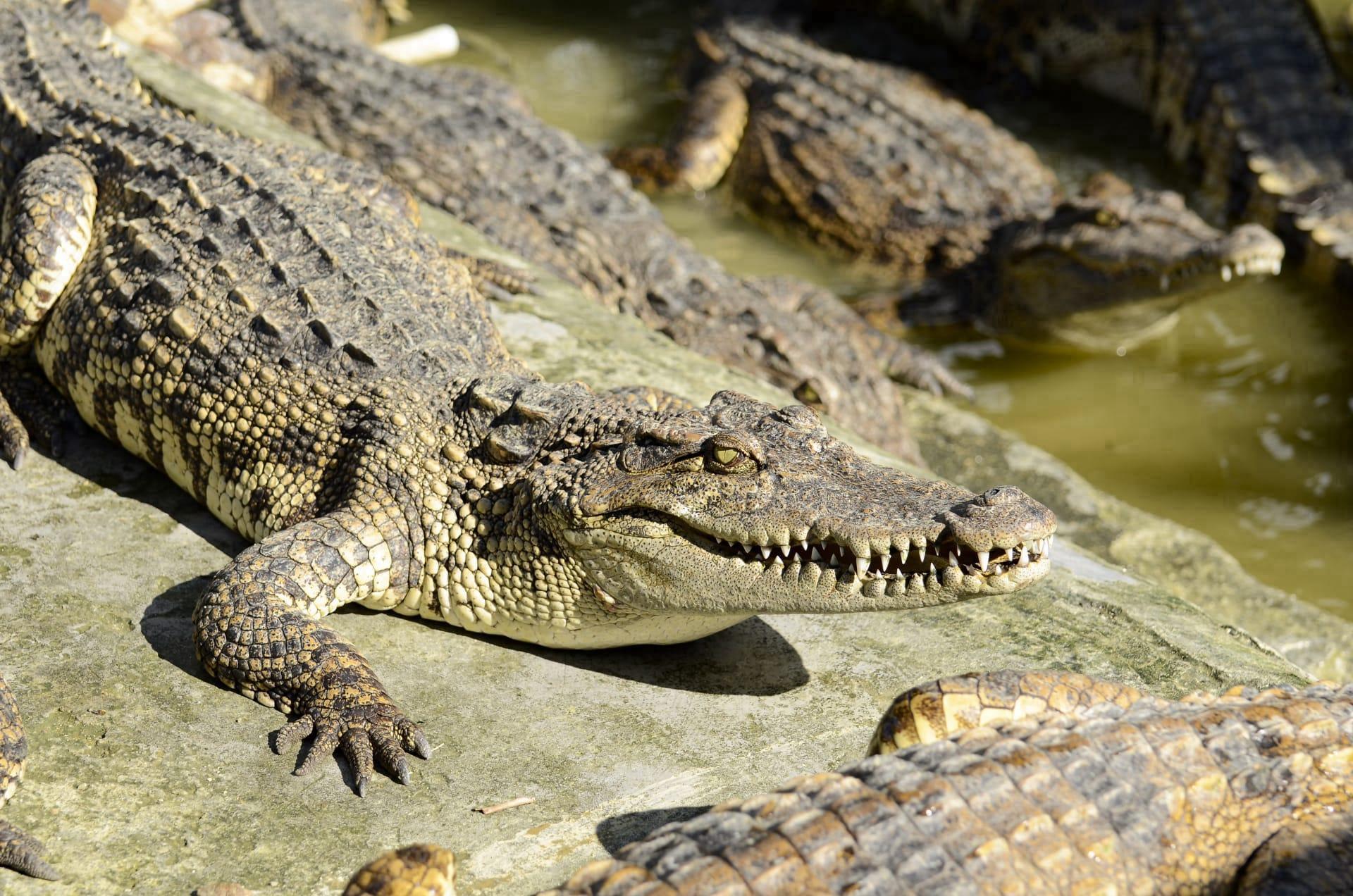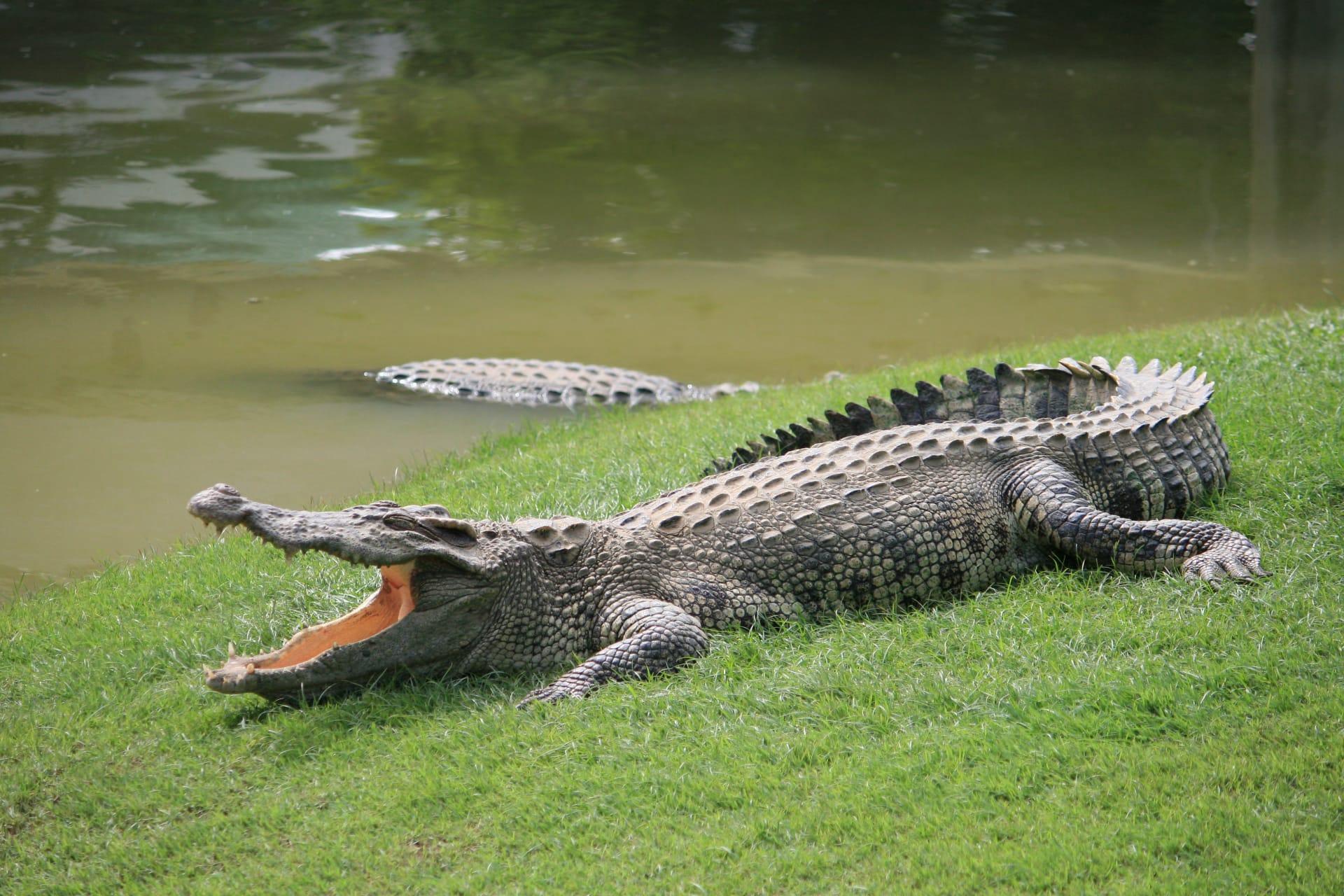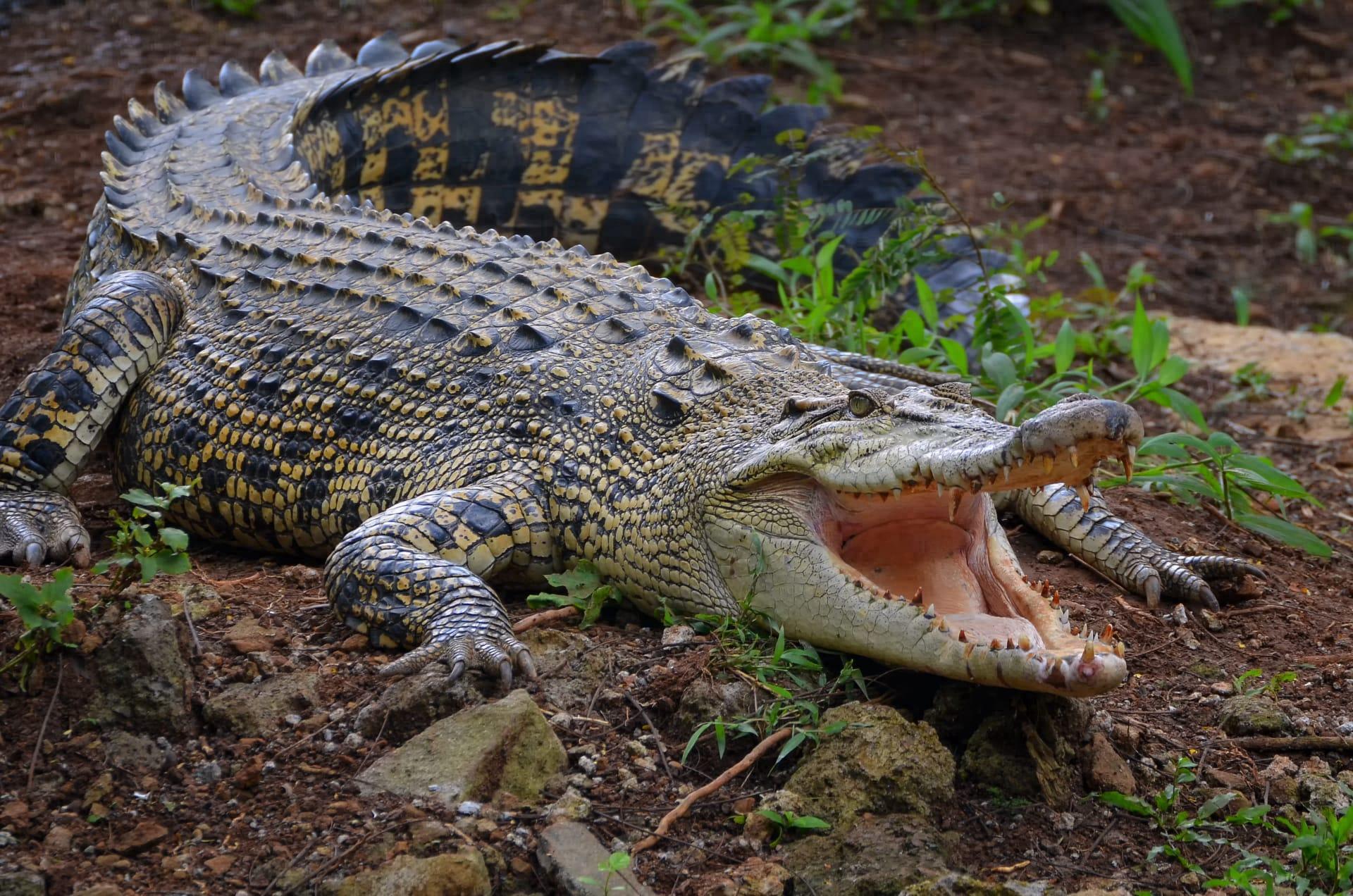Nile Crocodile Characteristics
- Home /
- Mini Encyclopedia /
- Animal /
- Nile Crocodile Characteristics
1
Nile Crocodiles are fascinating creatures, known for their massive size and long lifespans. These reptiles can grow up to 16 feet in length and weigh as much as 500 kilograms, making them one of the largest crocodile species. Their lifespan is equally impressive, with some living up to 70-100 years in the wild. This longevity is a testament to their resilience and adaptability in various environments.
One of the most remarkable organs of the Nile Crocodile is its powerful jaw. This crocodile possesses one of the strongest bite forces in the animal kingdom, estimated at about 5,000 pounds per square inch. This extraordinary strength is due to the structure of their jaw muscles and the leverage they gain from long snouts. This powerful bite allows them to tackle large prey and is a critical factor in their status as apex predators in their habitat.

2
Question: What do Nile Crocodiles eat, and how do they hunt?
Answer: Nile Crocodiles are opportunistic apex predators with a diet that primarily consists of fish, birds, and mammals, including occasionally larger animals like zebras or wildebeests. They are known for their patient hunting strategy, often waiting motionless in water for unsuspecting prey to approach. Once in range, they launch a swift and powerful attack, dragging the prey underwater to drown them before eating. This hunting method, combined with their strong jaws, makes them one of the most formidable predators in their ecosystem.

3
Nile Crocodiles are excellent swimmers, thanks to their powerful, muscular tails, which propel them through water with great speed and agility. They can reach speeds of up to 35 kilometers per hour in water. On land, while they might appear cumbersome, they can gallop at speeds of up to 11 kilometers per hour over short distances. This speed is particularly surprising given their size and weight.
In terms of hunting, Nile Crocodiles are ambush predators. They rely on stealth and power, often waiting for hours with just their eyes and nostrils above the water surface. When a prey animal comes close enough, the crocodile lunges with incredible speed and force, clamping down with its powerful jaws. They use a rolling maneuver known as a "death roll" to subdue and dismember large prey, showcasing their physical prowess in capturing and killing their food.

4
The Nile Crocodile predominantly inhabits freshwater environments such as rivers, lakes, and marshlands. They are primarily found in sub-Saharan Africa, thriving in the Nile River, but can also be seen in other water bodies across the continent. These habitats provide the necessary resources for their survival, including ample food supply and basking spots for thermoregulation.
Regarding reproduction, Nile Crocodiles are known for their parental care, which is rare among reptiles. Females lay 25 to 80 eggs, which they bury in sandy riverbanks for incubation. Both parents can be fiercely protective of their nesting sites. The temperature of the nest determines the sex of the offspring, a phenomenon known as temperature-dependent sex determination. The hatchlings are guarded by their parents for up to two years, highlighting the unique nurturing aspect of these seemingly fearsome creatures.

5
Book: "The Nile Crocodile: Ancient Predator in the Modern World" by Brady Barr. This insightful book delves into the complex world of Nile Crocodiles, discussing their biology, behavior, and interaction with humans. Barr, a renowned herpetologist, provides a detailed exploration of these ancient predators, emphasizing their importance in the ecosystem and the challenges they face in the modern world. The book, published in the United States in 2016, combines scientific facts with engaging anecdotes, making it a fascinating read for wildlife enthusiasts.
Book: "Crocodiles of the Nile: A Journey Through Time" by James B. Henderson. Published in the UK in 2010, this book offers a historical and cultural perspective on Nile Crocodiles. Henderson, a historian and naturalist, traces the role of these majestic creatures throughout human history, from ancient Egypt to contemporary times. The book blends natural history with cultural significance, revealing the multifaceted relationship between humans and these ancient reptiles. It's an enlightening read for those interested in both natural history and cultural studies.